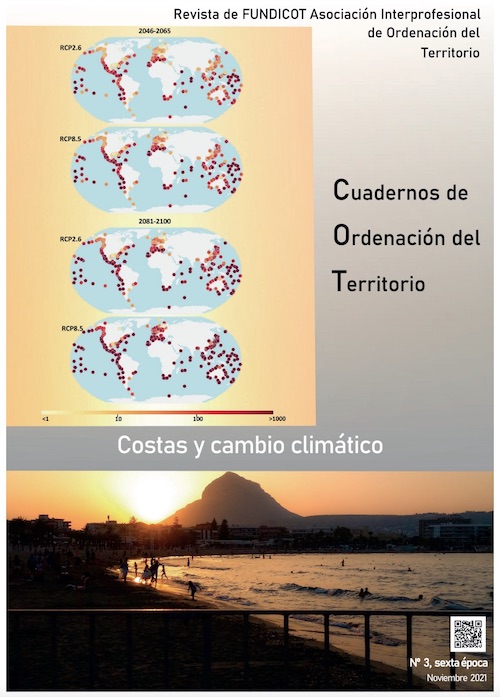Publication
Publication : « 10 years and going strong? Coastal flood risk management in the wake of a major coastal event (the 2010 Xynthia storm, Charente Maritime, France) » by E. Rouhaud & J.-P. Vanderlinden

Publication : « The role of commuter rail accessibility in the formation of residential land values: exploring spatial heterogeneity in peri-urban and remote areas » by J. Bulteau

Publication : « Supporting a Resilience Observatory to Climate Risks in French Polynesia: From Valorization of Preexisting Data to Low-Cost Data Acquisition » by C. Heinzlef

Publication : « Resilience of Social-Infrastructural Systems: Functional Interdependencies Analysis » by C. Heinzlef

Publication : « Long-Term Resilience to Climate Change Risks in French Polynesian Community » by C. Heinzlef

Publication : « Community Engagement and Equity in Climate Adaptation Planning: Experience of Small- and Mid-Sized Cities in the United States and in France » by C. Da Cunha

Publication : « Gestión de riesgos costeros: soluciones estructurales y no estructurales en lanzarote tras el hundimiento de la carretera LZ-703 »

Publication : « Énergies nouvelles et société » par P. Schembri

Publication : « Adaptive capacity for climate change: Local initiatives and federal planning. The case of Tiksi, Sakha Republic, Russia » by C. Da Cunha and J-P. Vanderlinden

Publication : « Encouraging carpooling for commuting in the Paris area (France): which incentives and for whom? » by J. Bulteau




